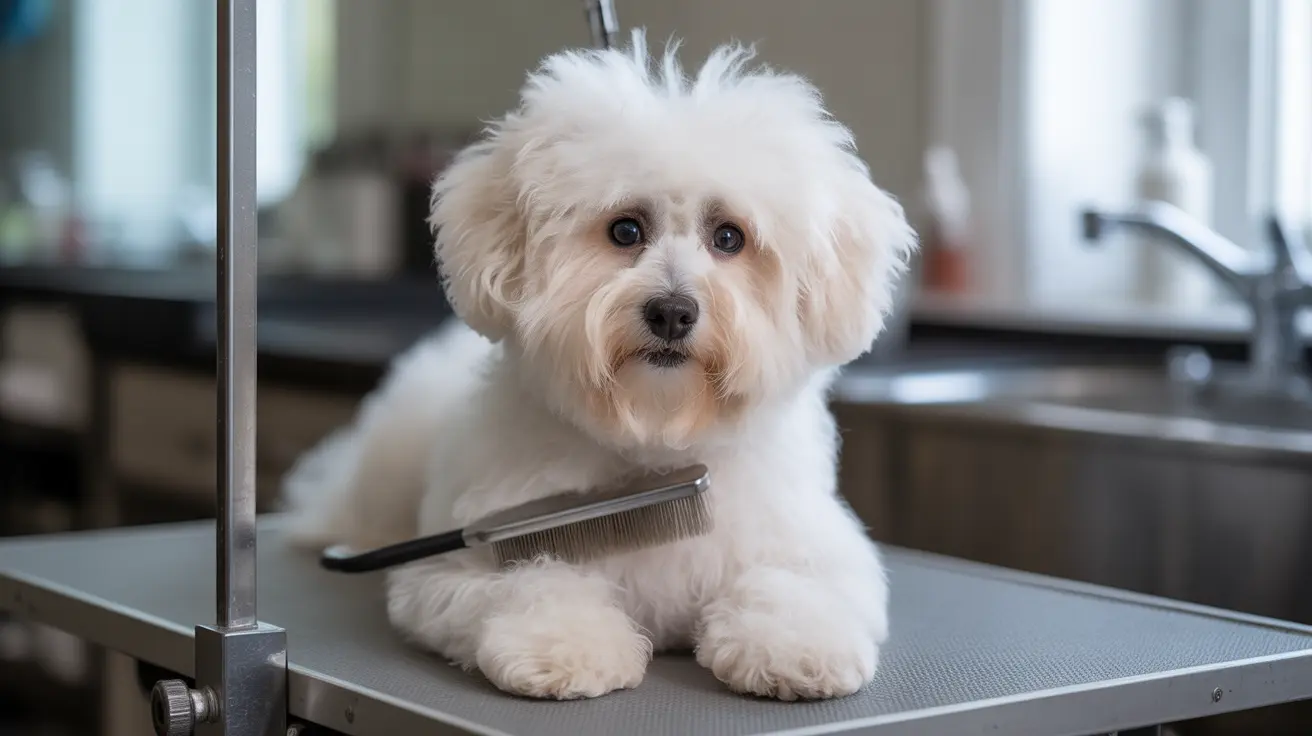Understanding the Bichon Frise's Unique Coat
The Bichon Frise is renowned for its distinctive powder-puff appearance and remarkably low-shedding coat. These charming dogs have become increasingly popular among allergy sufferers and homeowners who prefer minimal pet hair around their living spaces. But what makes their coat so special, and do they really shed as little as people claim?
The truth is, like all dogs, Bichon Frises do shed - but in a very unique way. Their dense, curly double coat actually traps loose hair instead of allowing it to fall freely around your home. This natural characteristic makes them appear practically non-shedding to the casual observer.
The Science Behind Bichon Frise Shedding
Bichon Frises possess a sophisticated double-coat structure consisting of a soft, dense undercoat and a coarser outer coat. This combination creates their signature curly texture that effectively catches and holds shed hair within the coat itself, rather than letting it fall onto your furniture and floors.
Unlike many other breeds that experience seasonal shedding cycles, Bichons maintain a relatively consistent hair growth pattern throughout the year. This means you won't face the dramatic "coat blowing" periods common in breeds like German Shepherds or Huskies.
Essential Grooming Requirements
While Bichon Frises don't shed much, they require significant grooming attention to maintain their coat health. Regular maintenance prevents trapped hair from forming painful mats and keeps their signature look pristine.
Daily Maintenance
- Brush thoroughly with a slicker brush
- Check for any developing mats or tangles
- Clean around eyes to prevent tear stains
- Remove any debris caught in the coat
Professional Grooming
Professional grooming every 4-6 weeks is essential for:
- Full coat trimming
- Proper shaping
- Deep cleaning
- Mat removal
- Nail care
Health Factors Affecting Shedding
While Bichon Frises typically maintain very low shedding levels, certain health conditions can increase hair loss. Watch for these warning signs:
- Sudden increase in shedding
- Patches of thinning hair or bald spots
- Excessive scratching or skin irritation
- Changes in coat texture or color
- Unusual odor from the coat or skin
Living with a Bichon Frise: Practical Tips
Despite their low-shedding nature, living with a Bichon Frise requires certain considerations:
- Invest in quality grooming tools
- Establish a regular grooming routine
- Keep scheduling professional grooming appointments
- Monitor your dog's skin and coat health
- Maintain a healthy diet rich in essential fatty acids
Frequently Asked Questions
Do Bichon Frises shed a lot compared to other dog breeds?
No, Bichon Frises are considered one of the lowest-shedding dog breeds. While they do lose hair naturally, most shed hair becomes trapped in their curly coat rather than falling onto surfaces in your home.
How often should I brush my Bichon Frise to control shedding and prevent mats?
Daily brushing is ideal for Bichon Frises. At minimum, brush your dog 3-4 times per week to prevent mat formation and remove trapped loose hair from the coat.
What grooming routine is best to maintain a healthy Bichon Frise coat?
The best routine includes daily brushing, professional grooming every 4-6 weeks, regular bathing every 3-4 weeks, and consistent attention to eye, ear, and dental hygiene.
Can excessive shedding in my Bichon Frise indicate a health problem?
Yes, unusual increases in shedding can signal health issues such as allergies, skin infections, nutritional deficiencies, or hormonal imbalances. Consult your veterinarian if you notice significant changes in shedding patterns.
Are Bichon Frises truly hypoallergenic because of their low shedding?
While no dog is completely hypoallergenic, Bichon Frises are considered one of the better breeds for allergy sufferers due to their low-shedding nature and tendency to trap dander within their coat rather than releasing it into the environment.
Conclusion
While Bichon Frises do shed, their unique coat structure makes them one of the most manageable breeds in terms of hair maintenance. The trade-off comes in the form of regular grooming requirements, but for many owners, this is a small price to pay for a nearly shed-free household. With proper care and attention to their grooming needs, these delightful dogs can be the perfect companion for those seeking a low-shedding pet.






